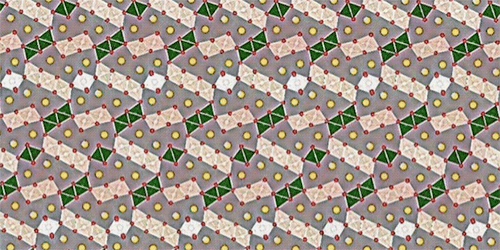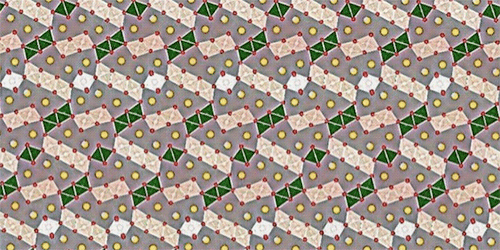Unusual Properties of a Ruthenium-Based Crystal
Crystals containing ruthenium atoms often exhibit distinctive properties that arise from ruthenium’s excited electronic states. In these states, the electrons are located far from the nucleus, which allows them to interact with their own spins and with neighboring electrons in unexpected ways. Now, Je-Geun Park at Seoul National University, South Korea, and colleagues have studied the ruthenium-based crystal and found that its electrons arrange themselves in an unusual pattern, which affects the material’s bulk properties, such as resistivity.
Using x-ray diffraction, the team found that the oxygen and ruthenium atoms form tunnels with sodium situated inside. The ruthenium atoms arrange themselves in an alternating pattern of triple- and quadruple-ionized states, with oxygen lining the interior and exterior of the tunnel walls. Unlike other crystals that exhibit this alternating charge pattern, which are usually insulators, displays metallic properties.
The team also investigated how the crystal’s microscopic structure relates to its bulk properties. For example, they found that the electrical resistivity exhibits a phase transition at 365 K, which they attribute to a distortion in the ruthenium-oxygen structure. At the critical temperature, the bonds between ruthenium and oxygen shorten by an amount that depends on the spin state of the ruthenium atoms. Based on their studies of this crystal’s fundamental properties, the researchers think that the tunnel structure with enclosed sodium atoms would make an attractive material for ion-transport quantum computers and sodium-based batteries, which could be less toxic than their lead-based counterparts.
This research is published in Physical Review B.
–Sophia Chen
Sophia Chen is a freelance science writer in Tucson, Arizona.





